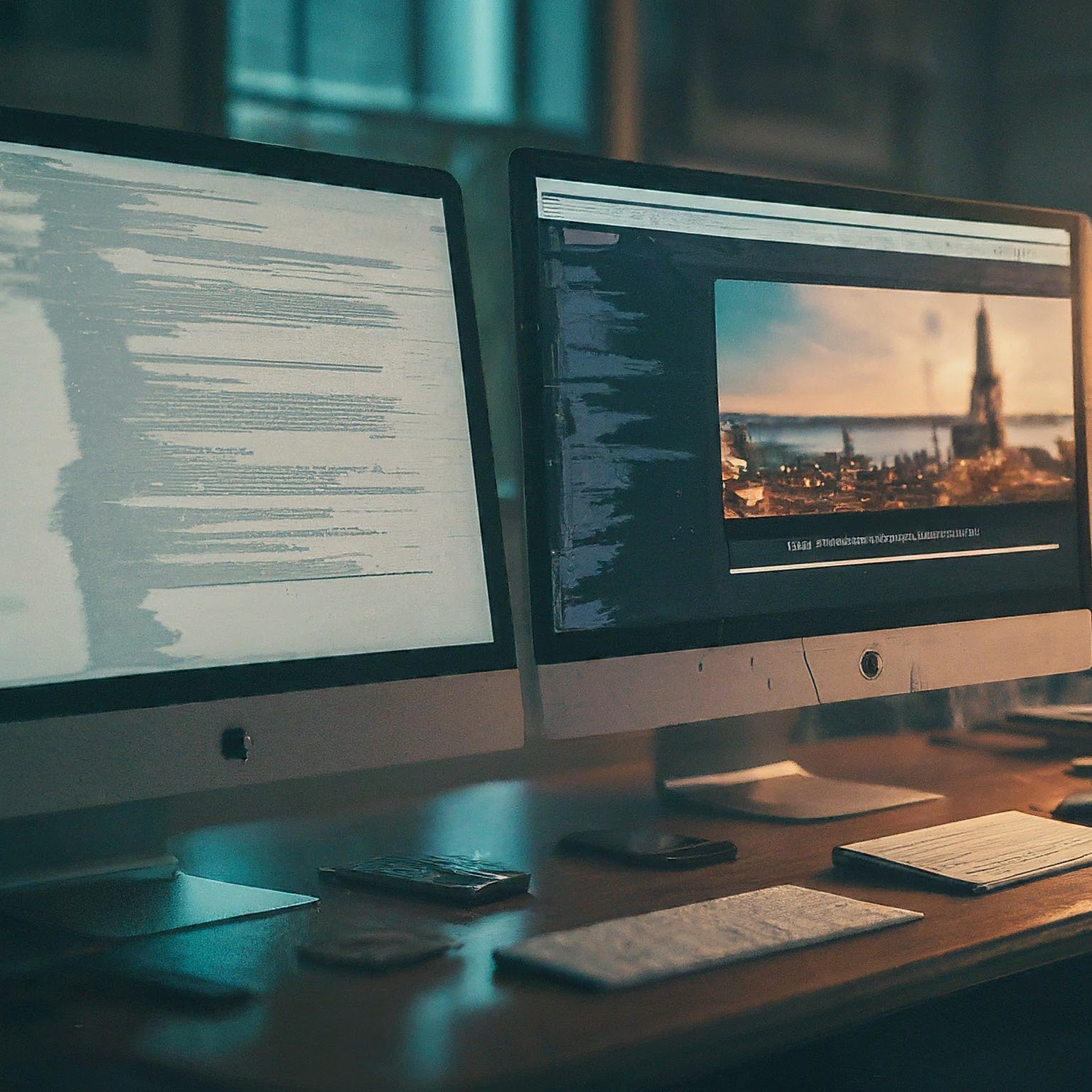
Imagine a website that magically transforms itself to look perfect on any device, from a desktop computer to a tiny smartphone. That’s the power of media queries in responsive web design (RWD).
Media queries are like magic spells for web developers. They allow us to write CSS code that instructs the website to adjust its styles based on specific device characteristics. Let’s dive deeper into the world of media queries and explore how they make RWD websites a reality.
Understanding Media Queries
Media queries are lines of code written in CSS (Cascading Style Sheets), the language that controls the visual appearance of websites. They follow a simple structure:
CSS
@media (media type) {
/* CSS styles to be applied when the media type matches */
}
The “media type” specifies the condition that needs to be met for the styles within the curly braces to be applied. Common media types used in RWD include:
screen: Targets all screen-based devices like desktops, laptops, and tablets.(max-width)&(min-width): Target devices based on their maximum or minimum screen width in pixels.orientation: Targets devices in portrait or landscape mode.
Media Queries in Action
Here’s a simplified example of how media queries can be used to adjust font size based on screen size:
CSS
/* Default font size for all screens */
body {
font-size: 16px;
}
/* Increase font size for large screens */
@media (min-width: 768px) {
body {
font-size: 18px;
}
}
/* Decrease font size for small screens */
@media (max-width: 480px) {
body {
font-size: 14px;
}
}
In this example, the default font size is 16px. However, the media queries adjust the font size to 18px for larger screens and 14px for smaller screens, ensuring optimal readability across devices.
Benefits of Using Media Queries
- Enhanced User Experience: Media queries ensure your website is easy to navigate and visually appealing on any device.
- Reduced Maintenance: No need to build separate websites for different devices. One responsive website with media queries caters to all.
- Improved SEO: Search engines favor mobile-friendly websites. Responsive design achieved through media queries can boost your SEO ranking.
Graphio Creative Studio: Your Responsive Design Experts
At Graphio Creative Studio, our team of skilled developers are masters of using media queries to craft beautiful and responsive websites. We leverage the latest technologies like React and Next.js to build lightning-fast websites that adapt seamlessly to any screen size, providing an exceptional user experience for your visitors.
Ready to create a website that speaks to all devices? Contact Graphio Creative Studio today!
Alt Text for SEO-Optimized Image: A photorealistic cinematic image showcasing a developer’s computer screen with code. The code highlights media query syntax with comments explaining its function. A split-screen preview on the right showcases a website layout adapting to different screen sizes based on the media query conditions. Text overlay reads: “Media Queries: The Code Behind Responsive Design Magic.”
URL Slug: media-queries-responsive-design
Keywords for SEO Optimization: media queries, responsive web design, RWD, CSS media queries, web development tutorials, mobile-friendly website design, SEO for websites, user experience design, web design Chiang Mai, Thailand, Graphio Creative Studio, React web development, Next.js web development
media queries, responsive web design, RWD, CSS media queries, web development tutorials, mobile-friendly website design, SEO for websites, user experience design, web design Chiang Mai, Thailand, Graphio Creative Studio, React web development, Next.js web development